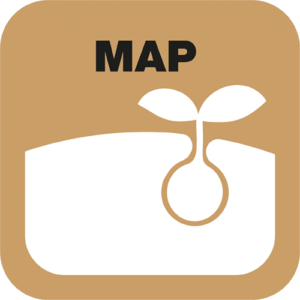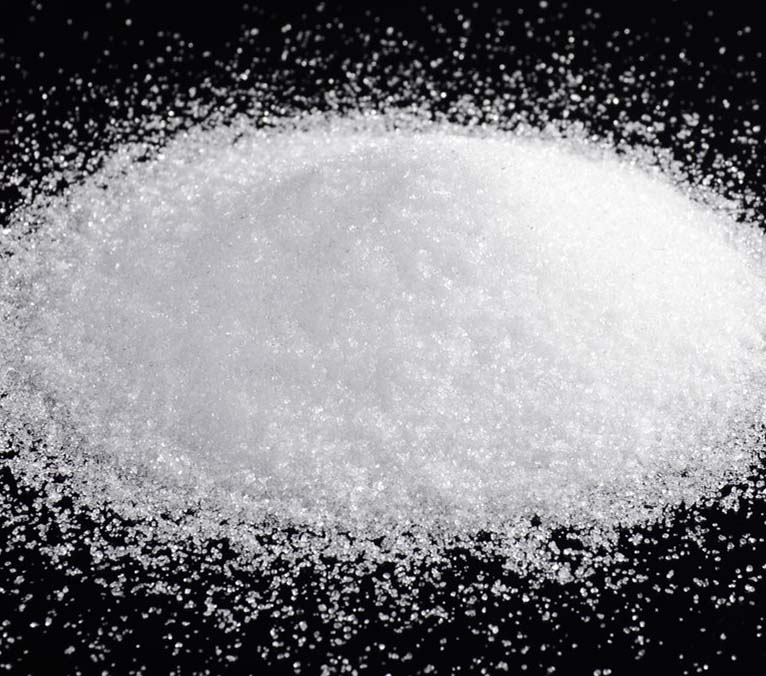MAP
monoammonium phosphate

Monoammonium phosphate (MAP) is a fertilizer in the form of a free-flowing crystalline powder that dissolves quickly in water without precipitation. Ideal for drip irrigation systems, sprinkler irrigation systems and sprays. As a very effective source of phosphorus and nitrogen for plants, MAP is recommended for use at the beginning of the growing season when phosphorus availability is essential for the establishment of the root system.
MAP is mixed with other fertilizers to meet needs throughout the growth cycle. Not only is MAP an effective source of phosphorus, it also facilitates the absorption of phosphorus naturally present in the soil due to ammonium (NH4 +) in MAP, which lowers the pH in the root zone and thus improves phosphorus availability. Plants fertilized with monoammonium phosphate readily absorb nitrogen and phosphorus necessary for plant growth and development. Spraying fertilizers on plant leaves or watering them using capillary irrigation systems will ensure a balanced supply of necessary materials to the plant.

Easily accessible - easily soluble, for immediate use.
Granular crystal shape provides flexibility.
Concentrated, has little storage need, quick to disperse.
A quick source of nitrogen and phosphorus.
Low chloride, so suitable for chloride sensitive crops.
No processing or waste products.
Crop
Method
Cereals and oilseeds
Apply at the beginning of spring, to oilseed rape to optimize the synthesis of yield, protein and oil. For wheat to increase yield and to ensure grain protein quality. On painted barley for yield and quality.
Peas
Apply directly in the seedbed or immediately after germination. This is a zero-N fertilizer that brings readily available sulfur to the crop, and can therefore be picked up by the plant at an early stage to feed the nitrogen fixation, which occurs in the roots and for protein synthesis in the plant.
Meadow
The use of livestock manure and manure is not a safe source of available phosphate, and is best regarded as maintaining soil reserves. MAP can be applied in accordance with nitrogen and phosphorus requirements as needed to achieve optimal grass growth throughout the season in proper N: P ratio.

Analysis
N-NH 4 (Ammonia)
Total P2O5
P
N + P2O5
Analysis
pH 1% solution
Insoluble substances
Sulfate (SO3)
Cadmium (Cd)
12,1 %
61,4 %
26,8 %
73,5 %
98,8 %
4,2 – 4,8
< 0,05 %
< 0,100 %
< 1 ppm

Content
Nitrate-nitrogen
• Directly available for plant uptake provides rapid and safe growth.
• Preferred nitrogen fertilizer form for most cultures.
• Improves the plant's absorption of potassium, calcium and magnesium.
Phosphorus
Root development - high phosphorus levels in the medium during planting or transplanting will enhance its culture and growth.

Recommendation
Refer to soil and any leaf analysis, as well as consult your advisor, plant nutritional needs and crop level.
MAP can apply before growth starts in the spring. The goal is often to adapt the phosphorus requirements to the nitrogen requirements of the crop.
Where the amount of nitrogen is varied, for example in precision fertilizers, the amount can be varied to best match the total nitrogen use.
